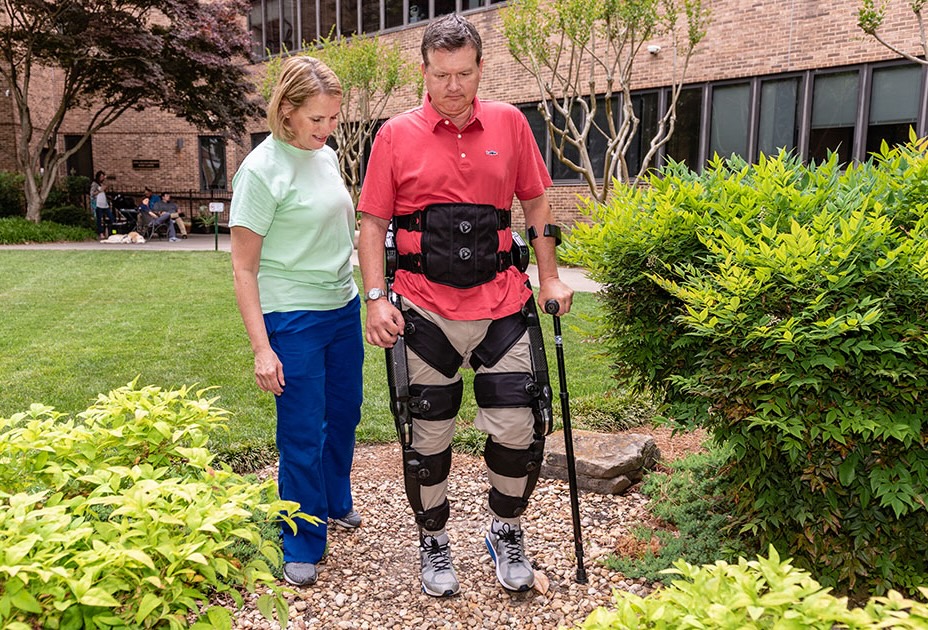In a groundbreaking move, Medicare has finalized reimbursement guidelines for Ekso Indego Personal, marking a significant milestone in healthcare accessibility for individuals with spinal cord injury. This decision represents a long-awaited breakthrough for many beneficiaries who could benefit from innovative assistive technologies that may enhance their quality of life, reduce health complications, and increase independence with mobility and activities of daily living.
A Triumph for Accessibility
For individuals living with spinal cord injury, personal exoskeletons offer newfound freedom and independence. The Ekso Indego Personal is modular, lightweight, and portable, making it the ideal solution for use in the home and the community. While many individuals with spinal cord injury typically navigate their environment using a wheelchair, Ekso Indego Personal allows for opportunities to stand at eye-level with their peers, all while walking at the fastest speed currently possible with an exoskeleton. This can profoundly impact a person’s physical and emotional well-being, as well as their ability to complete daily activities. For example, washing dishes while sitting in a wheelchair can result in water running down one’s arms, whereas completing this task in standing is less messy.
Until now, access to Ekso Indego Personal has been limited to select adults who are Veterans or covered under Workers Compensation insurance. For Medicare beneficiaries, this placed a considerable financial burden on those who could benefit from an exoskeleton for home use. However, with the recent finalization of reimbursement guidelines, Medicare has officially recognized the medical necessity of these devices, opening the door to expanded access for eligible beneficiaries. Physicians and Physical Therapists will play a vital role in identifying, evaluating, and screening eligible individuals to ensure the Ekso Indego Personal will be safe and effective for them.
Navigating Medicare Reimbursement
While the finalization of reimbursement guidelines is undoubtedly a step in the right direction, navigating the Medicare reimbursement process can still be daunting for many. To ensure smooth access to personal exoskeletons, individuals and healthcare providers should take the following steps:
- Consult with your Healthcare Providers: Discuss the potential benefits of Ekso Indego with your healthcare provider to determine medical necessity and eligibility criteria.
- Evaluation and Trial: A trained clinician will work with you to trial the Ekso Indego to make sure it fits and works for you.
- Documentation and Authorization: Work closely with your healthcare team and Ekso Bionics to gather necessary medical documentation and obtain authorization for coverage from Medicare.
The finalization of Medicare reimbursement for personal exoskeletons represents a monumental victory for individuals with spinal cord injury and underscores the importance of inclusive healthcare policies. By recognizing the medical necessity of these transformative devices, Medicare has taken a significant step towards improving accessibility and enhancing the quality of life for thousands of Americans. Ekso Bionics is proud to have played a part in advocating for this coverage and we applaud the Centers for Medicare and Medicaid Services for this decision.
Want to learn more? If you are interested in pursuing an Ekso Indego Personal for yourself or someone you know, please visit our Ekso Indego Personal page or contact us here.
